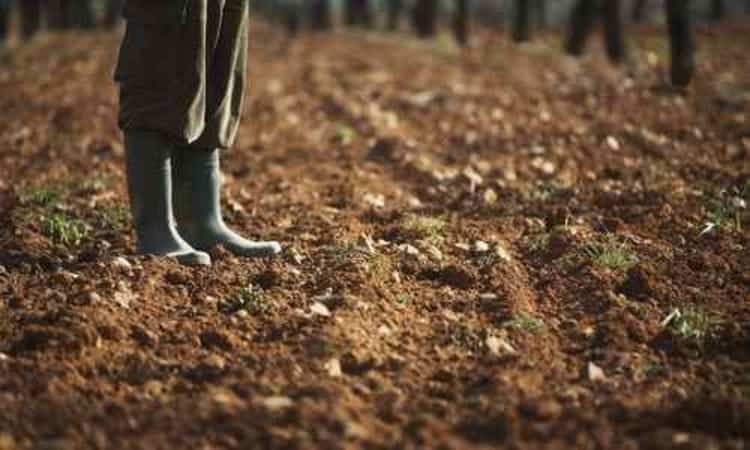The European Union’s Common Agricultural Policy (CAP) is one of the EU’s oldest policies, and is a cornerstone of European cooperation. After more than a decade of post-World War II food shortages and hunger, CAP was originally intended to increase agricultural production, ensure food security, protect farmers’ quality of life and stablize markets while maintaining reasonable prices for consumers. As the EU has grown, the scope has expanded to include such issues as environmental development and pollution, rural development, land management, animal welfare, and farmer training. Introduced in 1962, CAP recently adopted the latest in a series of reforms meant to take the EU from 2014 to 2020.
EU expenditure on the CAP amounts to almost 40 percent of the entire EU budget. In line with the 2014 International Year of Family Farming, much of the focus of this reform is on family-owned and operated farms. While small farms are usually also family farms, not all family farms are small. Still, family farms account for 95 percent of all farms in the EU. Small farms under two hectares (five acres) represent approximately half of all 12.2 million farms across the EU.
These six million farms produce on a fraction (2.5 percent) of the total land area farmed in the EU. At the same time, over half the farmland is worked by the very small fraction (2.7 percent) of large farms (over 100 hectares or 247 acres). Because CAP support has historically been linked to acreage with more intensive production, the larger farms have tended to receive the lion’s share of funding.
The latest CAP reform aims to distribute support in a just manner by making funds more readily available to small farms, while offering start-up aid of up to US$20,000 for rural development measures within Member States. Other measures are intended to “facilitate collective investment, help small farms to develop and encourage transfers of agronomic know-how between farmers through a European Innovation Partnership in the farming sector,” according to the European Paliamentary Research Service.
Small family farms face many challenges in the EU, particularly in the newer member states of the eastern European countries. The average age of family farmers has been rising and is now over 50. There are fewer young farmers to replace them, leading to land abandonment and a lack of transferable knowledge. The 2013 CAP reform addresses these issues with a range of initiatives meant to support continuity for small farms, including programs to attract young farmers via economic development and diversification in rural areas.
The earlier CAP had a tradition of subsidies and quotas meant to protect EU farmers and prices, sometimes leading to overproduction of staples such as butter, wine and milk. This produce was often sold to developing countries at wholesale prices, thus undercutting local markets. Recent reforms, including the newest one adopted this year, have moved away from these strategies.
According to Professor Alan Matthews, President of the European Association of Agricultural Economists, when it comes to the new CAP, “family farms will benefit from many of its measures, including investment grant aid, aid to farmers in areas of natural constraints, funding of agri-environment measures and aid to form producer groups and to take part in other forms of co-operation, including the development of short supply chains and local food systems.”
The latest reform is the result of three years of debate, consultation and negotiation. The European Parliament policy paper on CAP tools to enhance family farming gets to the heart of the matter: “The family farm is the foundation of European agriculture and continues to remain at the core of the European Model of Agriculture.”















